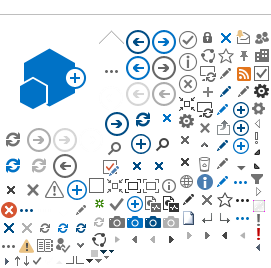Sources of Manmade Tritium
- Glow-in-the-dark items like exit signs, watches, key chains and jewelry.
- Certain military equipment, such as weapon sights and compasses.
Critical Test Timing
The Tritium urine bioassay must be performed within strict timeframes for accurate results.
Importance of Accurate Specimen Collection
To ensure accurate test results, follow these guidelines:
- Wait 4 Hours Post-Exposure: Tritium needs time to distribute uniformly in the body. Specimens collected earlier may not reflect accurate Tritium levels.
- Discard Early Voids: Urine present in the bladder immediately after exposure may dilute Tritium levels.
- Timing for Equilibrium: It takes about 2 hours for Tritium to equilibrate, but waiting 4 hours ensures reliable testing.
Steps for Collecting a Tritium Urine Specimen
Follow these steps for proper specimen collection after exposure:
- Discard the first void: Ensure this happens within 2 hours of exposure.
- If voiding is not possible, proceed with appropriate measures to ensure voiding occurs.
- Document any issues in the laboratory request and memorandum for priority analysis.
- Discard additional voids: Avoid collecting specimens during the 4-hour waiting period.
Specimen Collection Guidelines
- Wash hands before handling collection materials.
- Use leak-proof polyethylene bottles.
- A 125 mL bottle is recommended and should be filled to about half.
- If multiple bottles are required, label them sequentially (e.g., "Bottle 1 of 2").
Additional Resources
Defense Centers for Public Health – Aberdeen. 2023. Technical Guide 211, Radiobioassay Collection, Labeling, and Shipping Requirements, https://ph.health.mil/PHC%20Resource%20Library/TG211_RadiobioassayCollectionLabelingandShippingRequirements.pdf#search=radiobioassay.
Air Force Research Laboratory. 2016. U.S. Air Force School of Aerospace Medicine Laboratory Sampling and Analysis Guide, https://apps.dtic.mil/sti/tr/pdf/AD1021554.pdf  .
.
The mention of any non-federal entity and/or its products is for informational purposes only, and is not to be construed or interpreted, in any manner, as federal endorsement of that non-federal entity or its products.
